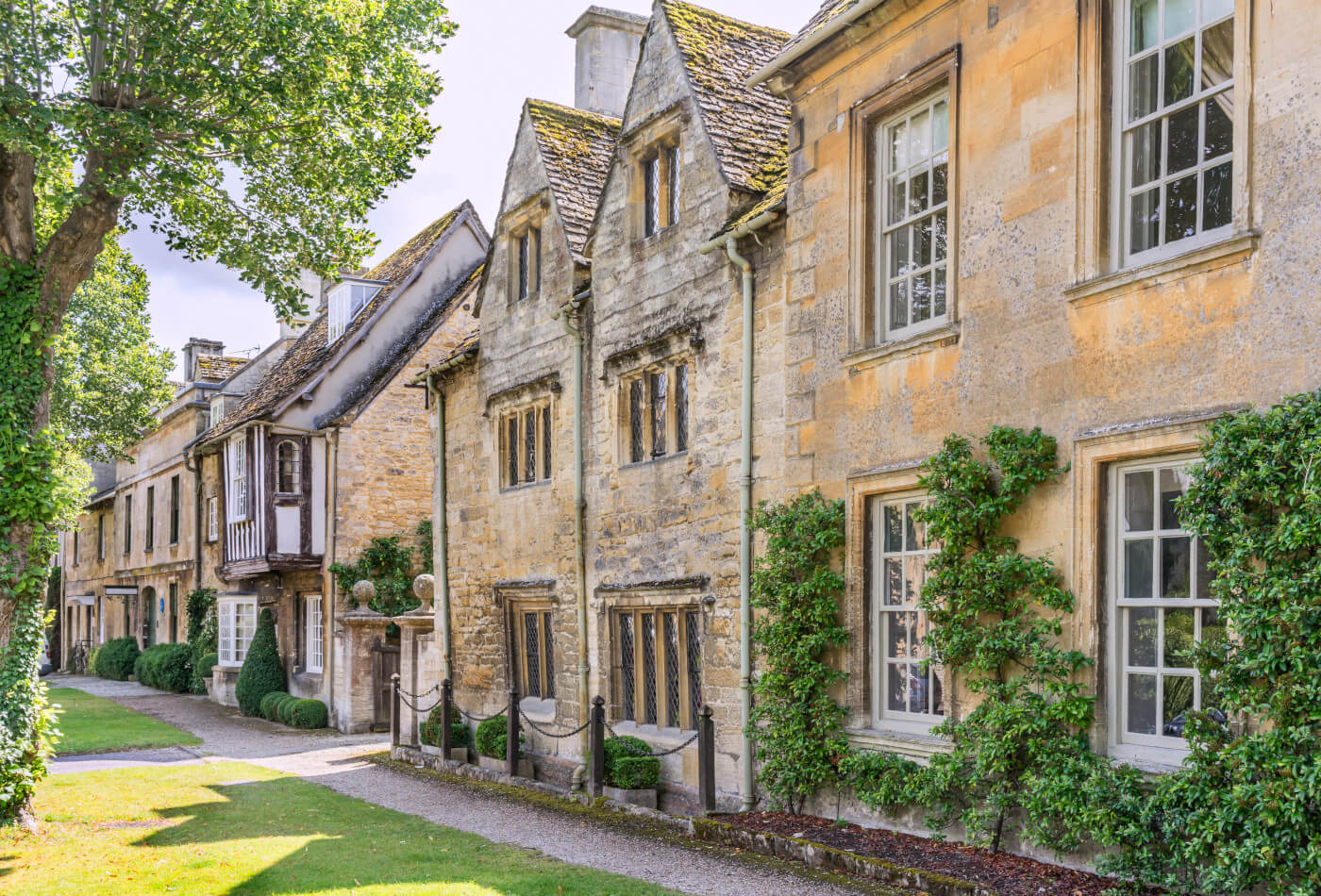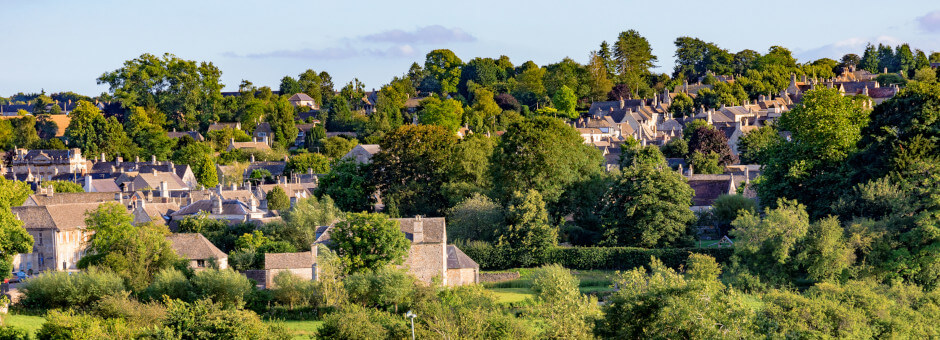The Magic of Summer Solstice at Stonehenge
Many people around the globe are preparing to celebrate the Summer Solstice at Stonehenge. This spiritual festivity praises fertility,...

The Cotswolds are often recognised as one of the most picturesque and historic areas in the UK. Home to dignitaries and high profile personalities, The Cotswolds spans over an area of 15 miles wide and 90 miles long. The region is situated about one hour west of London. Remarkably, a trip to the Cotswolds still feels like a journey back in time. The unspoiled landscape and the proud, solid architecture resemble a bygone era.
Most structures in the Cotswolds feature the spectacular limestone that is a trademark of the region. The area has seen many changes over its rich 3,000 years of civilization. During the Medieval Ages, the region flourished in Wool Trade and many of the structures of that period still exist today.
The Cotswolds also feature remembrances of the Roman occupancy with historic Roman and Romano-British villas, Saxon chapels and spectacular churches and cathedrals, most of which are architectural wonders in their own rights.
The villages surounding Bath are testimony to the original 18th century architecture that signified the regions prosperity. There are predominantly thatched roofs while most of the post 18th century construction featured slate roofs. Bath is officially recognised as a Word Heritage Site city.
Thatch was the primary roofing material for much of England and throughout Europe until the late 1800’s, when slate became more available. In many of The Cotswold villages, you will see the unmistakable thatched roofs in the historic cottages.
Ironically, thatched roofs used to represent a certain level of poverty. Today, the UK has seen a resurgence of the thatched roof and indeed, these roofs that once stood for poverty are now in high demand!
One of the intriguing features of slate roofs in the Cotswolds is that the slates are smaller as the roof nears the crest. This has a powerful effect on one’s perception as the roofs actually look higher and steeper than they really are.
The Cotswolds has a rich history for its gardens. It seems that just about every homeowner in the region is a gardener. The landscape is filled with brilliant colours and deep, rich greens. The overall effect is unforgettable.
A visitor to the area will notice the popular use of high, well groomed hedgerows surrounding many properties. These hedgerows provide unparalleled privacy, even to the curious eye. From the street, the hedgerows often give the appearance that the hedgerow stops where the roof begins.

The Cotswolds feature some of the most prominent formal gardens in the country. The formal gardens at Hidcote and Kiftsgate and the award-winning garden at Sudely Castle are all worthy of a day trip.
But, travelers are usually in awe of the daily gardening tradition that permeates every village in the region. Residents of the Cotswolds take great pride in their gardens and the efforts and tradition do not go unnoticed.
The spectacular arboretums at Batsford and Westonbirt feature diverse collections of rare trees. You can feel the impact of the landscape at every turn in this region. Many travelers say they feel the Cotswolds “seem like one large garden.”
Time spent in Burford is time well spent. Forbes magazine ranked the medieval town as the sixth most idyllic place to live in all of Europe. No wonder celebrities and people of note, including actress Kate Winslet, reside there. The streets of Burford are lined with architectural gems, all well maintained and most with unbelievable gardens. All row houses are constructed from limestone with roofs of slate. Burford is clean, quiet and a throwback to generations past. In Burford, it is impossible to not sense the quiet elegance of the structures.
The English Tudor is also a staple of many Cotswold villages. These Tudor buildings feature striking cross gables, strong prominent churches, generous dormers and arched doorways. These characteristics are typical of the “Storybook Style” tudor. The Cotswold tudors all have the graduated slate roofs. Many of these homes have doors that are setback into the structure.
Each Tudor building in the Cotswolds seems to feature ingenious and unique window treatments. Many have impressive cuts of stone and window frames that seem to have been cut to fit the house as it was under construction.

Throughout the Cotswolds, gentle hills with beautiful river valleys provide a dazzling backdrop for the subtle architectural magic of the region. All the pieces of the puzzle just seem to come together in an unforgettable setting and powerful visual experience.
The simple elegance of the Cotswolds has caught the eye of noted architects from across the pond. Many US architects have tried to duplicate the appealing features of the cottages in this region. Once you see the Cotswolds, you soon realise there is no way to duplicate this perfect setting where no other type structure would do so well.
While we could easily spend weeks studying and touring the numerous churches and cathedrals, the outbuildings and barns in the area are also noteworthy and quite ingenious. Practical and enduring, these landmarks deserve a closer look. The limestone barns are as interesting architecturally as the manor homes that they surround.